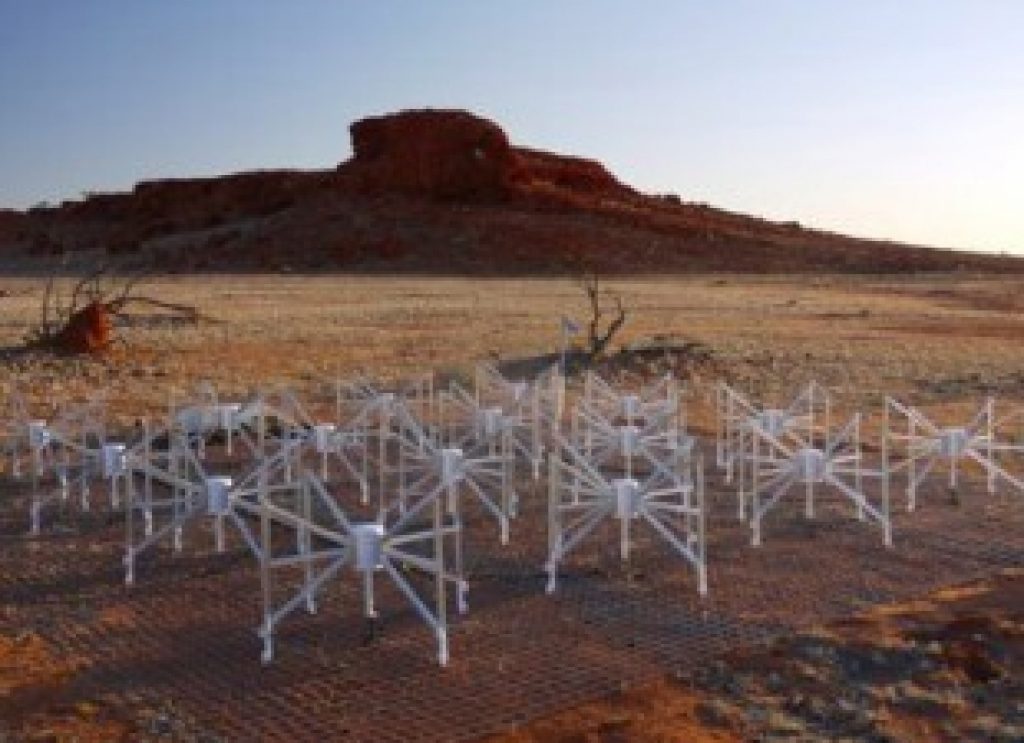
Asian Scientist (Jul. 22, 2013) – When a large radio telescope in the Australian outback was unveiled two weeks ago, its improved sensitivity was immediately apparent. It transformed images of supernova remnants taken with last year’s equipment from undefined blobs to glowing gas clouds.
The Murchison Widefield Array (MWA) will be used to investigate solar storms and uncover details of how the early universe formed, events that can be detected at low radio frequencies.
But an astrophysicist in the US has explored an additional aspect of the telescope – its ability to track space junk: everything from defunct satellites to pieces resulting from collisions.
David Kaplan has been a member of the international team working on the prototypes of the telescope and will be one of the first scientists to use it now that it’s fully operational.
Though he plans to use the facility to search for rare violent events in space, Kaplan contends that the unique features of MWA make it a perfect passive radar to monitor the paths of space debris.
While a standard radar uses an antenna to transmit a signal and then receive its reflection, passive radar just detects stray signals that happen to be around.
In this case, FM radio waves from radio stations on Earth bounce off objects in space, and are picked up by the MWA.
“Low-frequency radio waves can be useful to look both at objects that are very far away from Earth, or very close by, like satellites,” said Kaplan.
“With this technology, we can look at a huge portion of the sky at once, and it can monitor debris that is as small as a meter in diameter.”
With more than 21,000 pieces of orbiting space junk, scientists are increasingly concerned about collisions with satellites and other operating spacecraft. Collisions with communications satellites, for example, have the potential to disrupt communications systems on Earth.
The most powerful low-frequency telescope in the Southern Hemisphere, the MWA is the result of eight years of work by an international consortium of 13 institutions in four countries (Australia, the United States, India and New Zealand).
The wavelengths it picks up (roughly two meters) allow scientists to look at objects and phenomena that can’t be detected clearly with other radio telescopes, in an area of the spectrum that is not well-explored.
One reason is that background noise from radio and TV stations on Earth overwhelms the faint astronomical signals. But in its remote outback area, the telescope will be removed from almost all radio-frequency interference.
The main focus of Kaplan’s group is to conduct a low-frequency survey of the galaxy to detect violent events, like exploding stars and stellar flares bigger than our sun.
The cosmic explosions he hopes to see happen rarely and without notice – at least in the small field of view available before now.
“What we’re looking for are events that have been seen one or twice, but ones we really need to see 10 or 12 times to get more information,” said Kaplan.
——
Source: University of Wisconsin – Milwaukee; Photo credit: Natasha Hurley-Walker.
Disclaimer: This article does not necessarily reflect the views of AsianScientist or its staff.












